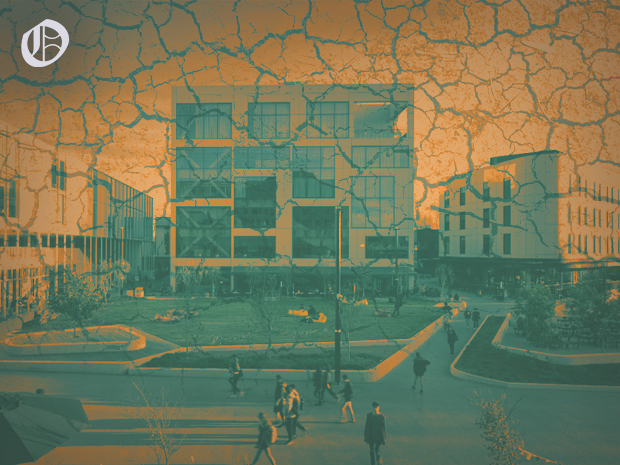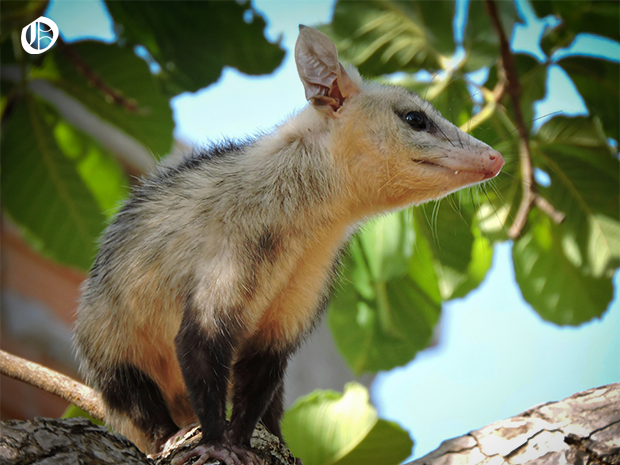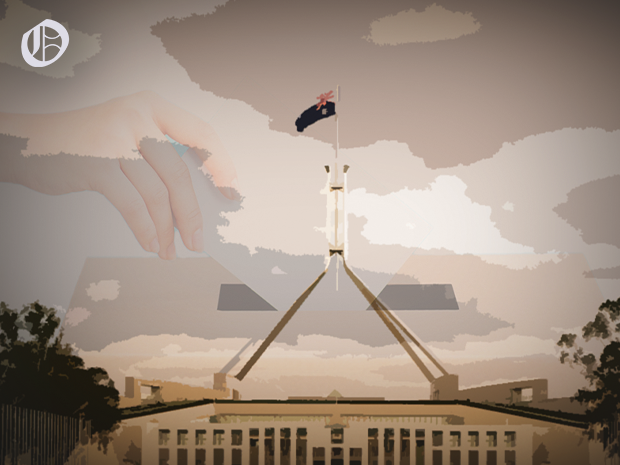Getting squeezed out of ANU: Financial Difficulties for International Students

By Eduardo Caceres-Sandoval
As the federal government discusses placing another tax on international students, Observer takes a look at the financial burden they face compared to their domestic counterparts.
Under Australian law, all international students must show they have sufficient income and savings to sustain themselves throughout their studies at Australian universities.
In this regard, ANU and international students are opposed, with ANU benefiting from increases in student tariffs and prices for courses in 2024. Students who’ve already begun their studies at ANU may find their ability to pay for their education to be increasingly difficult year-to-year.
Despite ANU stating its relationship with international students as “non-transactional”, in terms of practice, ANU uses international students and their higher fees to fund its research programs.
With the exception of certain master level programs which have grandfathered fees if commenced earlier than 2022, tuition fees for all undergraduate courses have increased on a yearly basis, with 2024 fees being on average 2.9% higher than those in 2023.
While the fee increase is lower than the rise in Consumer Price Index (5.4%) in 2023, it must be noted that Australian annual wage growth has only risen by 3.7%. However, this is largely irrelevant for the international student, the majority of whom are studying full-time to fulfill time requirements stipulated in their confirmation of enrolment (COE).
For example, when comparing international and domestic student tuition prices, as shown in the 2024 Schedule of Tuition Fees, the weighted average tuition cost across all equivalent bands (1-6 and A-F) demonstrated international student fees to be 30.3% higher than those of domestic students on average.
Commonwealth Supported Places (CSPs) subsidies provided to certain domestic students eligible, and the HECS-HELP loan scheme are not provided as alternatives to international students, who are to pay their fees upfront.
While there is a perception that international students are generally wealthier than their domestic counterparts, there are concerns for those students on the brink of meeting sufficient income and savings requirements stipulated by the Australian Government.
For international students required to supplement their savings by working locally, there is now the additional factor that student visa holders are limited to only 48 hours of work a fortnight as of July 1st 2023.
If working at minimum wage ($23.23) for the maximum allowable amount of hours, non-wealthy international students can scarcely afford the weekly tariff at a catered hall ($528 per week at Bruce Hall versus $557 weekly wage working 24 hours), not accounting for yearly tuition costs as high as $56,570, as well as potential detrimental effects to their academic performance.
According to International student representatives, the impact of this trend on the welfare of international students is evident in their increased dependence on the BKSS/CC pantries, with one representative noting:
“You can argue [ANU Housing] to be much better than Sydney and Melbourne…but if you look at the lines in the pantry [BKSS/Community Connect], you see how many people are waiting…last year the numbers were far less”.
As the cost of living crisis worsens across Australia, other representatives say they are worried ANU will no longer be affordable for less wealthy international students.
Efforts by the ANU to reduce the financial burden on students studying have included the purpose-built student accommodation agreement, subject to an annual review ensuring that rent at residential halls does not exceed 75% of the market value, including utilities. Notably, 70% of rooms at ANU have been priced at this level, indicating success in the program. ANU has also introduced emergency accommodation bursaries under the Student Urgent Relief Fund (SURF) and the ANU Casual Jobs Register.
However, it could also be argued that international students have not been receiving value for their education, specifically in terms of employability.
In one notable instance, an ANU Confessions post by an international student, which garnered over 180 reactions as of May 4th 2022 underscores the gravity of this issue. The post detailing difficulties in employment for international students.
“I rank among the top 5% in my classes, yet my chances of securing a job stand a mere 0.05%”
Additionally noting the uncertainty local employers have regarding citizenship requirements for job clearances, with international students themselves being unsure if they’re even eligible for employment.
This is a problem that extends itself to domestic students as well, with ANU faring poorly in comparison to other top Australian Universities in employment. Based upon the QS rankings factor ‘Employment Outcomes’, ANU (43.9) is behind: University of Melbourne (93.3), University of Sydney (88.1), University of New South Wales (95.5), University of Western Australia (66), Monash University (61) and more.
Regarding value for money, both international and domestic students may find themselves feeling short changed for their education.
Disclaimer:
While this article provides extensive detail into macro issues plaguing International Student life at ANU, it is by no means a complete picture of the day-to-day experience.
Graphics by: Anissa Zatalini
________________________________________________________________________________________________________________
Know something we don’t know? Email [email protected] or use our anonymous tip submission.
If you have an issue with this article, or a correction to make, you can contact us at [email protected], submit a formal dispute, or angry react the Facebook post.
Want to get involved? You can write articles, photograph, livestream or do web support. We’re also looking for someone to yell “extra!” outside Davey Lodge at 1AM. Apply today!









